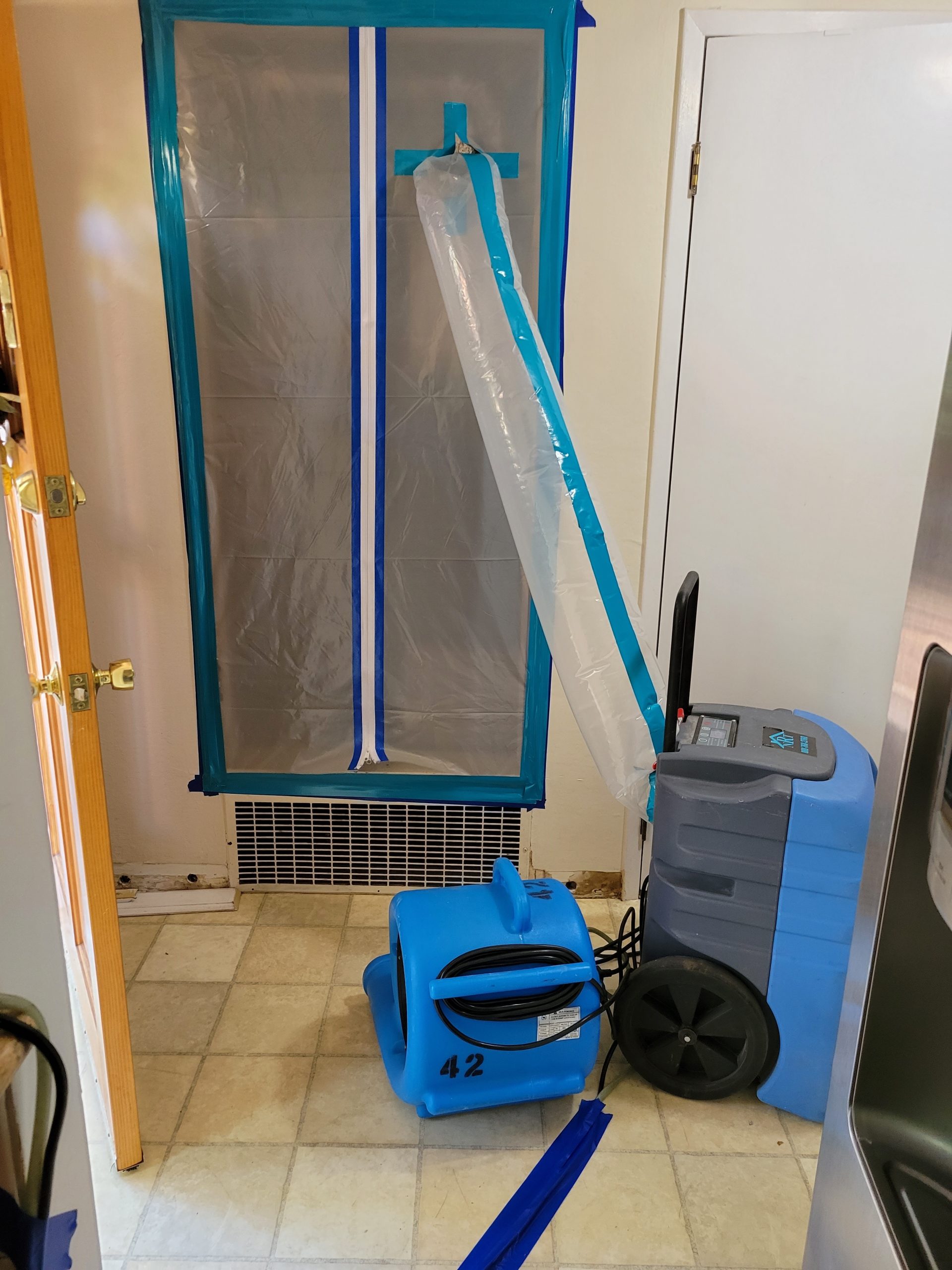Some Known Incorrect Statements About How Professional Water Extraction Can Save Your Property

DIY Water Removal: Recommendations for Homeowners
Water damages is a concern that every individual wishes to stay clear of. Sadly, it can happen to anyone at any opportunity, whether it be coming from a burst pipe, a dripping roofing, or a organic catastrophe. When water damage hits your home, the initial trait you need to perform is act swiftly to avoid additional damage and start the water extraction procedure.
While phoning in specialists may be the absolute best option for primary water harm conditions, there are actually some DIY pointers that property owners can easily observe to extract water from their homes and decrease the effect of water damages.
Listed below are some DIY water removal recommendations for house owners:
1. Safety First
Just before starting any kind of DIY water extraction process, make certain that you turn off all electrical energy in the affected place. Water and electric power don't blend properly and can easily lead to severe injury or death if appropriate preventative measures aren't taken.
2. Pinpoint the Resource
The very first action in any sort of DIY water extraction procedure is recognizing where the excess water is coming coming from. If it's a burst pipe or other pipes concern, turn off your principal water source quickly. If it's as a result of to weather-related issues like hefty rainfall or flooding, hang around until the storm has passed prior to beginning any sort of cleanup initiatives.
3. Clear away Standing Water
Making use of containers or a damp/completely dry suction cleaner with a hose pipe attachment is an helpful means of eliminating standing water from floors and carpetings. Be careful not to make use of normal suction cleaners as they are not designed for this objective and could get destroyed.
4. Dry out Out Wet Areas
After removing as much standing water as possible, use enthusiasts or dehumidifiers to dry out out moist places promptly. Open up windows and doors if achievable to improve ventilation in the affected location.
5. Clear away Wrecked Things

If there are actually items that have been substantially harmed through excess dampness like carpetings or household furniture pieces, clear away them coming from your home as quickly as achievable before they make more concerns like mold growth.
6. This Is Noteworthy and Well-maintained
Once you have removed water from the affected location and dried it, decontaminate and clean the region carefully to avoid mold growth. Use a anti-bacterial option or a combination of bleach and water to kill any type of micro-organisms or fungi that may be existing.
7. Check the Circumstance
Also after following all these DIY tips for water extraction, there might still be underlying concerns along with your residence's framework or plumbing that require specialist interest. Monitor the circumstance very closely to make certain that there are actually no more complications down the collection.
In conclusion, water damages is not something that need to be taken softly as it may lead to extra serious problems like mold development if not dealt along with adequately. These DIY ideas for water removal can easily assist residents mitigate the influence of water harm and protect against additional damage until professional aid gets there. Don't forget to regularly prioritize security when working along with excess wetness in your home.
